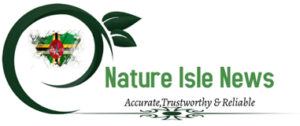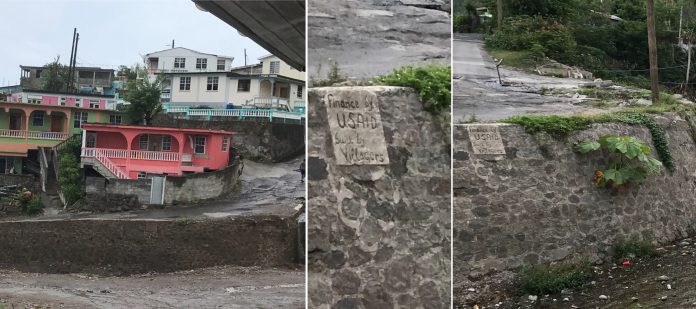
By Dale A. Dangleben, MD , FACS
I was ten years old when Hurricane David completely devastated my island of Dominica in 1979. The storm’s wrath left no village unscarred, and no school standing. In the aftermath, life as we knew it was disrupted. Days passed before help arrived, and for what felt like an eternity, we lived in a state of survival, grappling with the reality that everything had changed overnight.
In Pointe Michel, the small village where I grew up, we had a ravine—a natural waterway that had always been a part of our landscape. But after the hurricane, it became a raging force of destruction, violently tearing through my village section of Siboulie. Every time heavy rain fell, the water rushed down with unchecked power, threatening to sweep away homes, roads, and anything in its path. The hurricane had not only stolen our sense of security, but it had left behind a new danger, one that loomed over us every time dark clouds gathered in the sky and rain fell.
Weeks after the storm, USAID arrived, bringing more than just supplies. They brought hope and stability. While many focused on immediate relief such as food, shelter, and medicine, USAID took a longer view. They built a wall to contain the ravine’s violent flow, ensuring that future storms would not wreak the same havoc. That wall still stands today, even if time and weather have worn it down in places. It remains a testament to the resilience of my village and the generosity of those who helped rebuild it. To this day, the inscription “Finance by USAID built by
Villagers” is still visible, a reminder of how international aid can change lives in ways that endure for generations. I also remember the US military and USAID building seawalls with Gabion baskets. All the villagers including me carried rocks to fill these baskets.
That is why the idea of dismantling USAID is so deeply devastating to me. For people who have never lived through a disaster, foreign aid might seem like an abstract policy debate, a line item on a budget sheet. But for those of us who have been on the receiving end, those who have stood in ration lines for months, who had no schools to return to, and who watched helplessly as their villages were destroyed, USAID was a lifeline. It was the difference between being left behind and being given a chance to rebuild.
The impact of USAID is not measured in dollars and cents, but in the walls that still stand, the children who returned to school, and the communities that regain their strength. My village, childhood, and survival have memories of help
from America. If it disappears, the world will lose more than just an agency, it will lose the ability to give hope to those who need it most.
USAID built more than just a wall in my village of Pointe Michel over 45 years ago. They built resilience, security, and hope. That is the story of when I first heard the term USAID. That wall has saved many lives. When we dismantle USAID as we sit in privilege we are slapping humanity in the face!
Dale A. Dangleben, MD, FACS
Chief of Surgery
Trauma Medical Director
Penn State Health Holy Spirit


The good USAID has done does not exempt it from sending mass amounts of money to very questionable NGOs and entities.
I quote:
“If it disappears, the world will lose more than just an agency, it will lose the ability to give hope to those who need it most.”
That is not true. Usaid is not the only charitable agency in the world. Yes, it did lots of good but that does not exempt it from accountability. It appears that while doing good, it was involved in unsavory shenanigans. Someone is holding it to account, that’s a good thing. Even if it’s disbanded hopefully the legitimate activities will be transferred somewhere else.